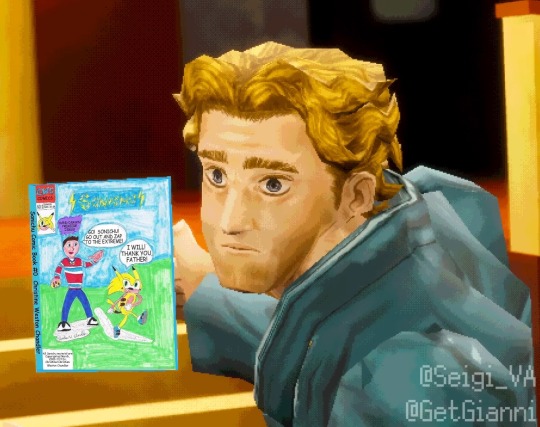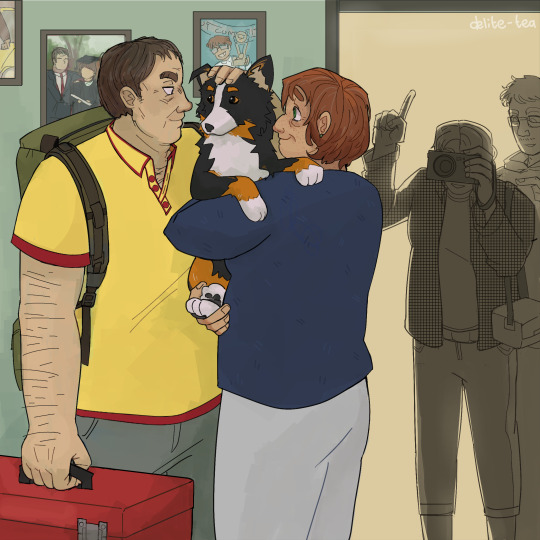Leo/Curly - 27 - He/Him/His!!Minors DO NOT INTERACT!!! MOUTHWASHING AND CLINICAL TRIAL 🤍 Rest in Peace Leora 🤍
Don't wanna be here? Send us removal request.
Text
The one thing I really appreciate about the MW fandom is that people draw Curly survives au's incredibly true to life. Like... almost all the ones I've seen are delightfully accurate.
5 notes
·
View notes
Text

Jean teaches Marco how to cyber bully on Roblox
431 notes
·
View notes
Text
I don't care how small a fandom is if my friends like it I'll make it bigger I swear, boo. Anything 4 u.
2 notes
·
View notes
Text

you're white as a ghost. you're haunting this house with your whiteness, lee
1K notes
·
View notes
Text

Have you been coming behind the plexiglass when I'm not out here?
1K notes
·
View notes
Text
Moderator Post: Important. Please Read.
I never wanted to make a post like this; I honestly never thought that I would have to, but unfortunately I've suffered a great loss and I think that they would have wanted others to know what happened.
I got a phone call today that my dear friend @yahiis-resort (alt. @tulparty and @ask-leora-elara) passed away on Monday night after a medical emergency. They had just come out from being intubated, and unfortunately passed from additional complications.
I can't even begin to express how fucking heartbroken I am. Leora was one of my best friends... my right-hand man- someone I trusted more than anything. They genuinely lit up my life in ways not many people do, and they will be so fucking deeply missed.
The last words I spoke to them were "I love you" and "I missed you", and those will be true for the rest of my life.
I ask that you please respect me and the fellow ADJ au blog owners privacy and allow us to grieve the loss of our friend. I'm in contact with the family and we will be sending flowers and helping them with whatever they may need on behalf of everyone who has ever had the gift of their presence and friendship.
This blog, and probably the others, will be on hiatus for a few days while we gather our thoughts and process things. I can't stop sobbing and I just can't look at these accounts right now without an overwhelming tidal wave of loss and grief.
I'm really sorry to those who had to hear this from me. I'm sorry to those who have to read this through a stupid fucking irrelevant ask blog. I'm just sorry to the entire world because it lost someone so kind and irreplaceable.
52 notes
·
View notes
Text

I was bullied into posting this.
(OG video by Joetastic)
110 notes
·
View notes
Text





the Horrors probably could’ve been avoided if they just tried the Medicine Drug
8K notes
·
View notes
Text

happy 4/20 (drug use cw)
follow up to this comic
3K notes
·
View notes
Text
today i wrote zero words! but i did think about my story twice in passing. that probably counts for something
28K notes
·
View notes
Text
“can mutuals dm you?” my mutuals can fire me from a cannon through a brick wall, looney tunes style. as long as we’re all having fun
62K notes
·
View notes










